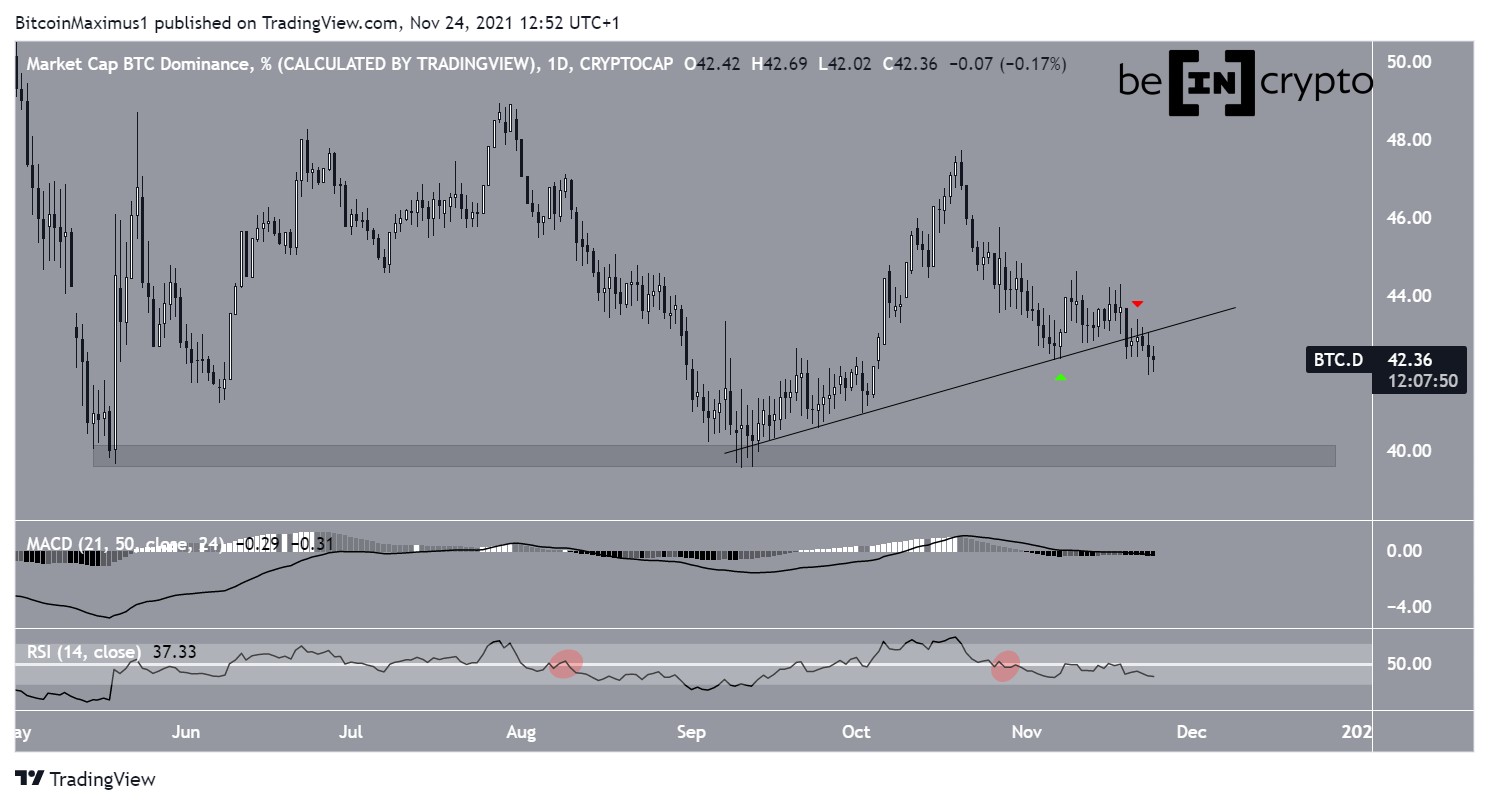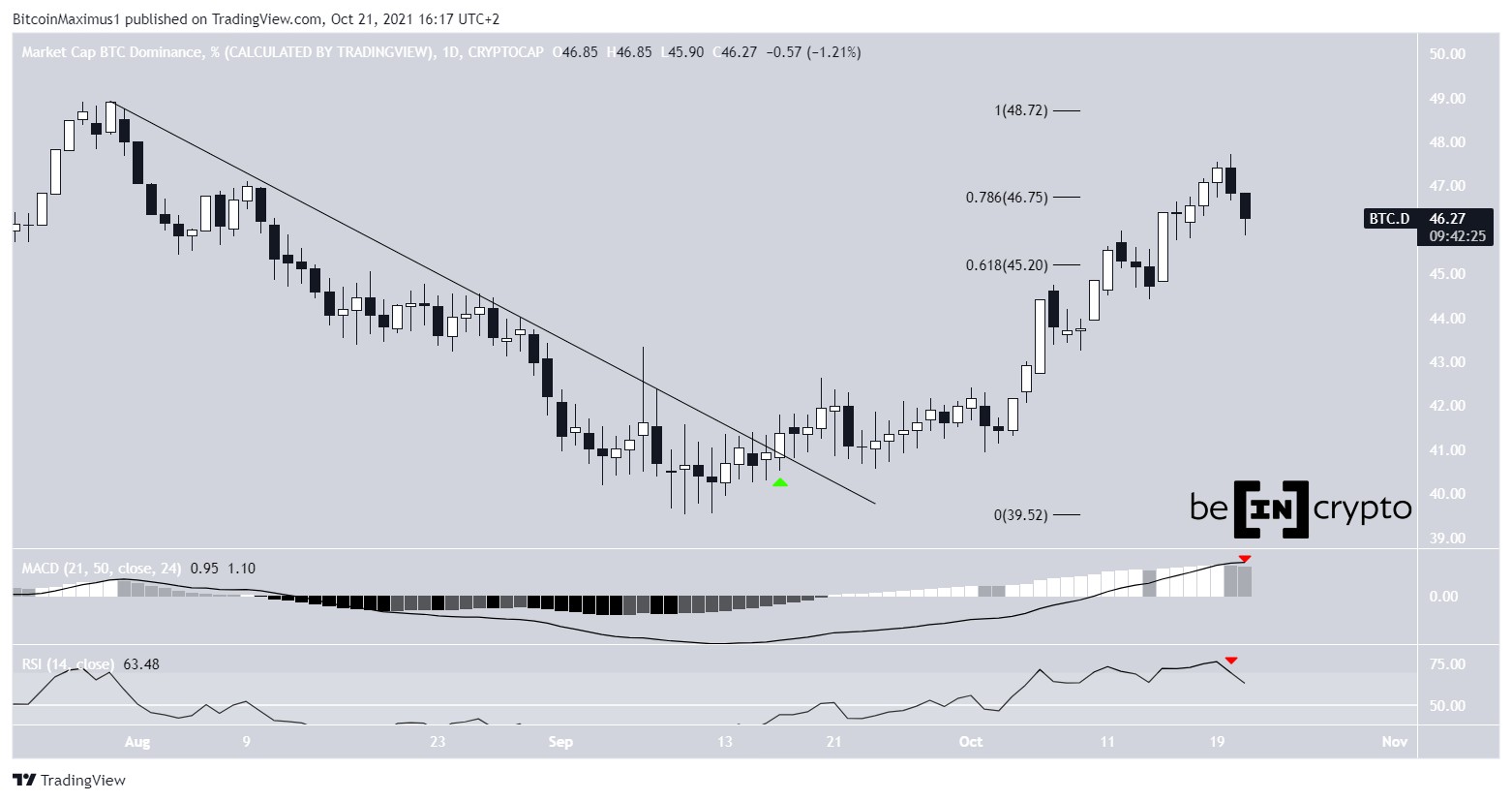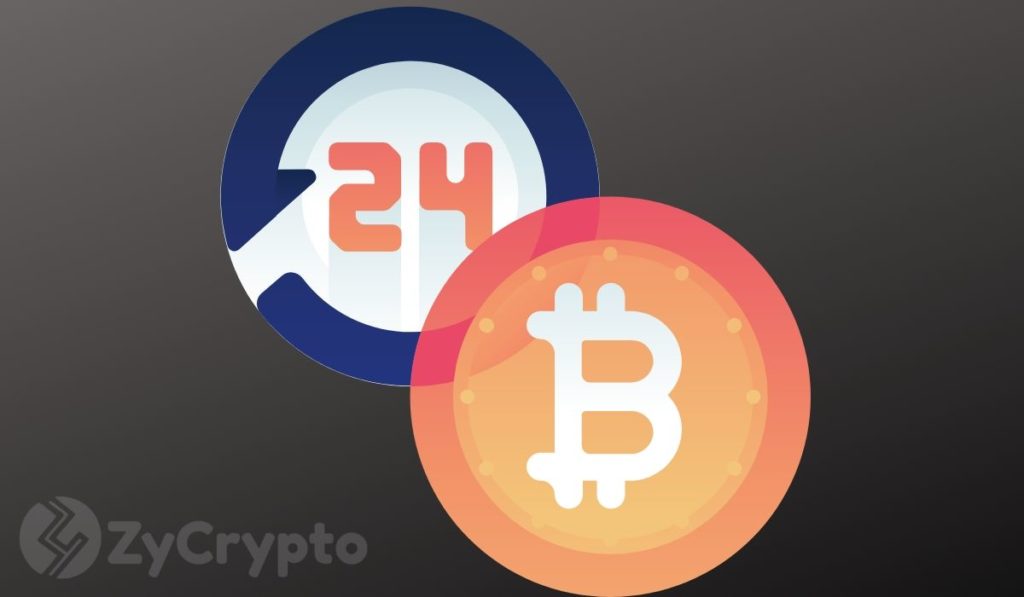
2024-6-7 13:00 |
Bitcoin’s hash rate is a critical metric that measures the computational power used to mine and process transactions on the Bitcoin network. It is expressed in hashes per second (h/s), with standard denominations including kilohashes (kH/s), megahashes (MH/s), gigahashes (GH/s), terahashes (TH/s), petahashes (PH/s), and exahashes (EH/s). The hash rate indicates how many calculations or guesses are made per second by mining equipment to solve complex mathematical problems required to validate transactions and add new blocks to the blockchain.
The hash rate is essential for several reasons:
Network Security:A higher hash rate signifies a more secure network. It means more computational power is required to alter the blockchain, making it more resistant to attacks, such as the 51% attack, where a malicious actor would need to control the majority of the network’s hash rate to manipulate transactions.
A lower hash rate signifies less computational power dedicated to mining and processing transactions, which reduces the network’s overall security. This makes it more susceptible to attacks and decreases the trust and reliability of the decentralized system. Fewer miners are securing the network, making it easier for a malicious actor to gain control of more than 50% of the network’s computational power. This control would allow the attacker to manipulate transactions, double-spend coins, and potentially disrupt the network’s integrity.
Mining Difficulty:The hash rate directly influences the mining difficulty, which measures how hard it is to find a new block. As more miners join the network and the hash rate increases, the difficulty adjusts to ensure that blocks are seen consistently, typically every 10 minutes for Bitcoin. This self-regulating mechanism helps maintain the network’s stability and predictability.
Bitcoin’s hash rate, a measure of the computational power used to mine and process transactions on the network, directly influences the mining difficulty. Mining difficulty indicates how challenging it is to solve the cryptographic problems required to mine a new block and receive a reward. This parameter adjusts based on the network’s hash rate to maintain a consistent block production time, typically every 10 minutes for Bitcoin.
When the hash rate increases, more computational resources are being used to mine blocks, leading to several critical effects:
As the hash rate rises, the network adjusts the mining difficulty upwards. This adjustment ensures that blocks are still mined at regular intervals despite the increased computational power. The difficulty parameter is recalculated approximately every 2,016 blocks (about every two weeks) to reflect the current hash rate. This adjustment mechanism ensures that regardless of the number of miners, the average block time remains close to 10 minutes, maintaining the stability of the Bitcoin network.
Conversely, fewer computational resources are available when the hash rate decreases, leading to the network lowering the mining difficulty to ensure that blocks can still be mined at the target rate. This adjustment makes it easier for the remaining miners to find new blocks and maintain the blockchain.
Economic Viability for Miners:The hash rate helps miners estimate their potential profitability. Higher hash rates generally mean more competition among miners, which can affect their rewards. Miners must consider the hash rate and electricity and hardware costs to determine if mining is economically viable.
A low hash rate often reflects reduced profitability for miners. Many miners may exit the network if mining becomes unprofitable, especially after events like Bitcoin halvings that reduce block rewards. This departure can further decrease the hash rate, creating a negative feedback loop that exacerbates the risks above until the subsequent difficulty adjustment.
The hash rate also correlates with energy consumption, as higher computational power requires more electricity, meaning Bitcoin directly relates to energy. Unlike traditional financial systems, which can create derivatives of financial instruments that far outweigh the natural resources they represent, Bitcoin has a direct, unbreakable connection to its resources. Bitcoin’s hash rate, while often linked to environmental concerns, is in many ways the complete opposite. It is a protection against greed and overabundance, one that harnesses renewable, waste, and stranded energy and can be curtailed to help support the energy grid.
Indicator of Network Health:The hash rate serves as an indicator of the overall health and robustness of the Bitcoin network. A rising hash rate suggests growing interest and investment in mining infrastructure. In contrast, a declining hash rate could signal potential issues, such as reduced miner participation or increased vulnerability to attacks.
A lower hash rate means fewer miners participating, and the time required to validate and add transactions to the blockchain can increase. This slowdown can impact the usability of Bitcoin, especially for transactions that require timely settlement. It can also lead to higher transaction fees as miners prioritize transactions with higher fees to maximize their reduced rewards, and users compete to have their transactions included in the next block.
A lower hash rate can also lead to centralization of mining power among fewer, more extensive mining operations. This centralization increases the risk of coordinated attacks or failures, undermining the decentralized nature of the Bitcoin network and posing additional security risks.
Additionally, the distribution of hash rates across different geographical locations and mining pools is crucial for preventing centralization and enhancing the security and robustness of the Bitcoin network.
Ultimately, Bitcoin’s hash rate is a vital measure of the network’s security, mining difficulty, and economic viability for miners. It reflects the computational power dedicated to maintaining the blockchain and plays a crucial role in ensuring the integrity and stability of the Bitcoin network.
The system is self-regulating and designed to protect against bad actors attempting to take down the network. As the hash rate increases or decreases, so does the difficulty of ensuring balance and sustainability of the network.
The post Why is Bitcoin hash rate so important for its security? appeared first on CryptoSlate.
Similar to Notcoin - Blum - Airdrops In 2024
Bitcoin (BTC) на Currencies.ru
|
|


























